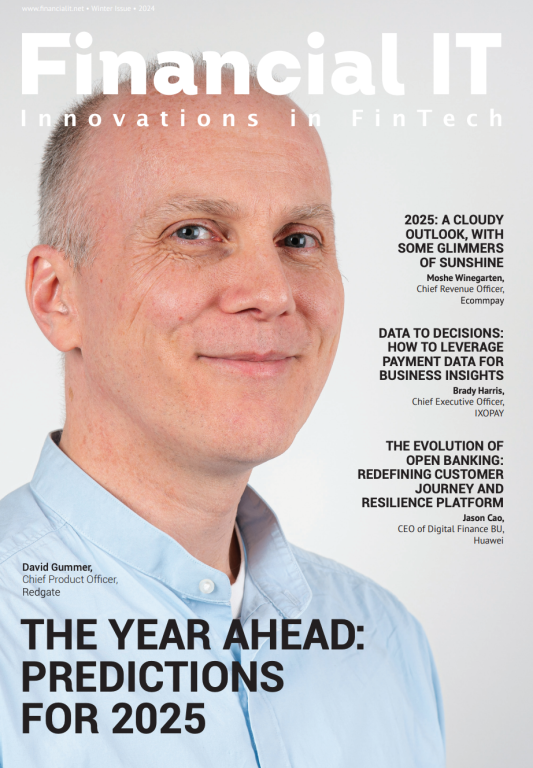Transforming Lending Through Fintech-Bank Partnerships

- Danielle Sesko, Director of Product Management at TruStage™
- 14.11.2024 10:30 am #LendingTransformation #FintechBankPartnerships
In today’s fast-paced industry, partnerships between fintechs and traditional banks are fundamentally transforming the lending industry. These collaborations are not just about combining resources; they represent an opportunity to attract and serve a broader range of borrowers while helping to develop more resilient loan portfolios for lenders. By leveraging new advances in technologies like data automation and AI, these partnerships can also enhance risk assessment and faster decision-making, boosting financial wellness for borrowers.
There are several strategic advantages fintech-bank collaborations can offer. One of the most notable benefits is the opportunity to reach underbanked or underserved communities. Unfortunately, many consumers often face barriers in securing access to the loans they need due to thin credit histories or insufficient collateral. As key economic factors, like wage growth and higher debt levels, continue to fluctuate, the pressure on these borrowers also builds, further impacting their creditworthiness while increasing the demand for credit.
As many borrowers seek credit to cover issues such as unexpected expenses due to sudden job loss or disability, financial institutions can leverage innovative technologies, payment protection solutions and alternative data sources to better understand the underlying trends, demographic variations and economic drivers impacting their customers during these difficult times. Collaborating with the right partners could allow lenders to adopt better, more appropriate strategies that can effectively mitigate risk in the digital channels while still promoting financial stability for their borrowers. This means helping to identify consumers who are willing and have the ability to repay loans. Doing so means lenders are much better positioned against loan delinquencies even in a shifting economic landscape.
An effective strategy many institutions are embracing is the implementation of embedded Digital Lending Insurance (DLI). This approach enables lenders to help reduce loan delinquency risks, which can negatively impact their loan portfolios and create major strain for borrowers. A DLI strategy can help mitigate these challenges by helping to provide the necessary level of protection against future delinquencies, safeguarding both lenders and their borrowers.
Fintech partners that provide strategies like DLI could significantly help enhance the customer experience offering a strong competitive advantage for financial institutions. In an increasingly competitive lending market, it is more important than ever for institutions to differentiate themselves. Economic trends like the recent rate cuts are likely to have a major impact on upcoming refinance loan cycles across the entire lending industry, which means competition will only grow. Working with partners to incorporate services and strategies like DLI and then embracing them as an extension of their own core products and values is designed to help financial institutions to stand out and expand their customer base. What’s more, by focusing on underserved markets and demonstrating a clear commitment to their financial well-being, financial institutions could improve customer satisfaction but also cultivate long-term loyalty.
The strategic advantages of fintech-financial institution collaborations — ranging from enhanced lending capabilities to improved customer experiences — present a transformative opportunity to cover gaps in their technology stacks to meet the growing demands of the market. By embracing a willingness to innovate, financial institutions may be able to position themselves as trusted financial partners to an increasingly diverse customer base. This will be especially true for digital lending as the industry rapidly moves towards an embedded finance dominated future. These collaborations not only strengthen the borrower relationship but also ensure both financial institutions and their customers can thrive in today’s complex financial environment. As these partnerships continue to grow, they hold the promise of a more secure, efficient and consumer-focused lending ecosystem, paving the way for a brighter financial future for all.





















